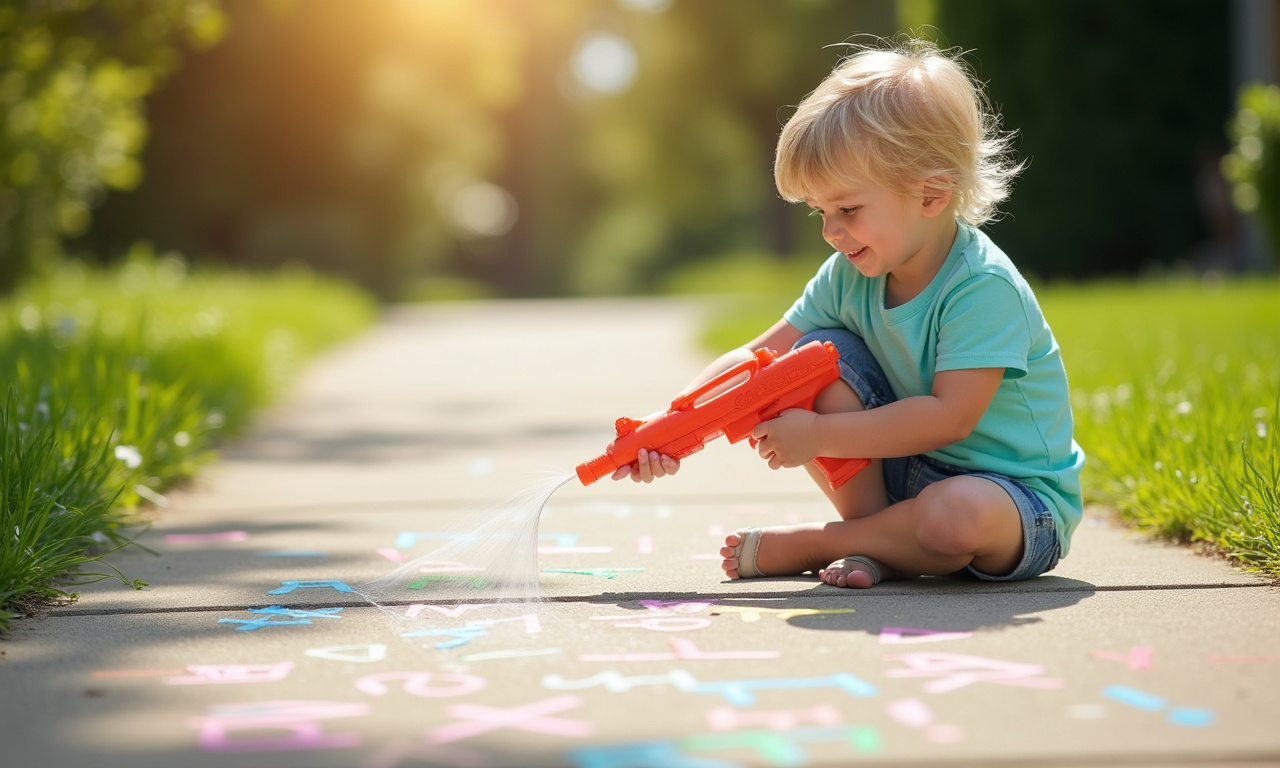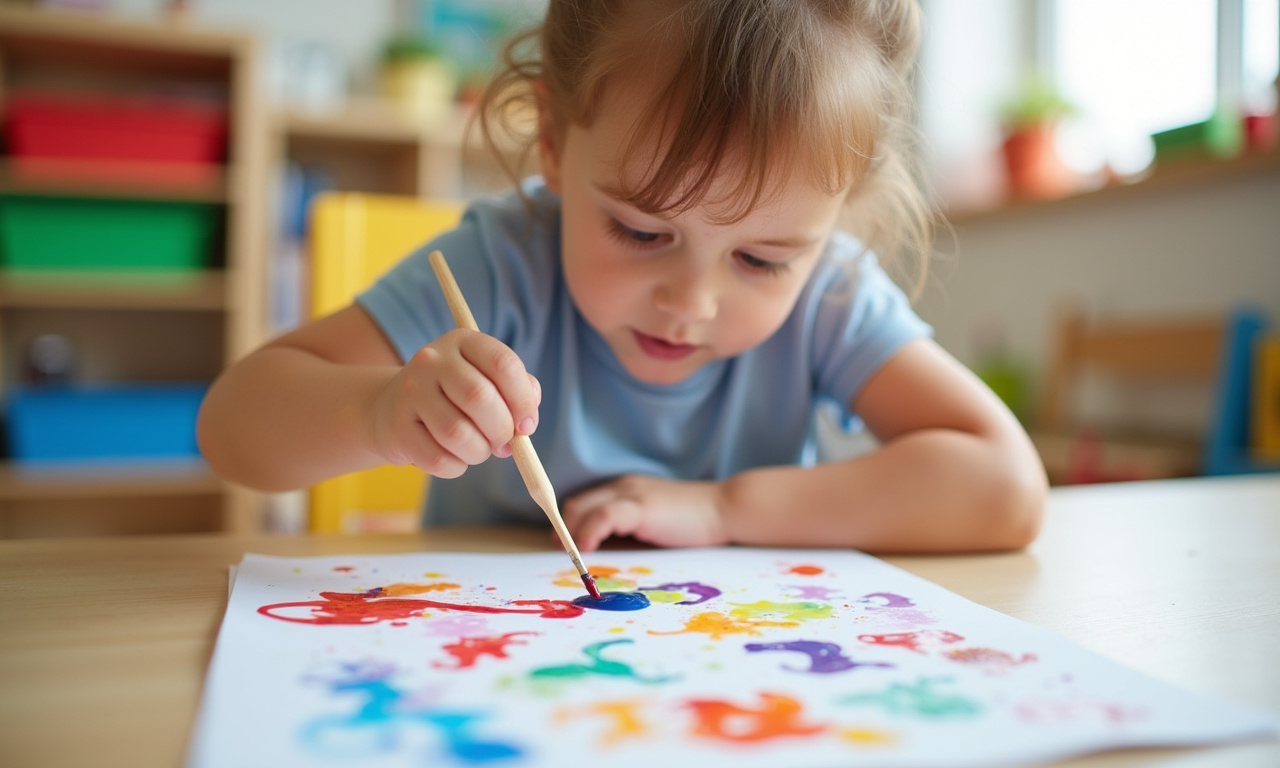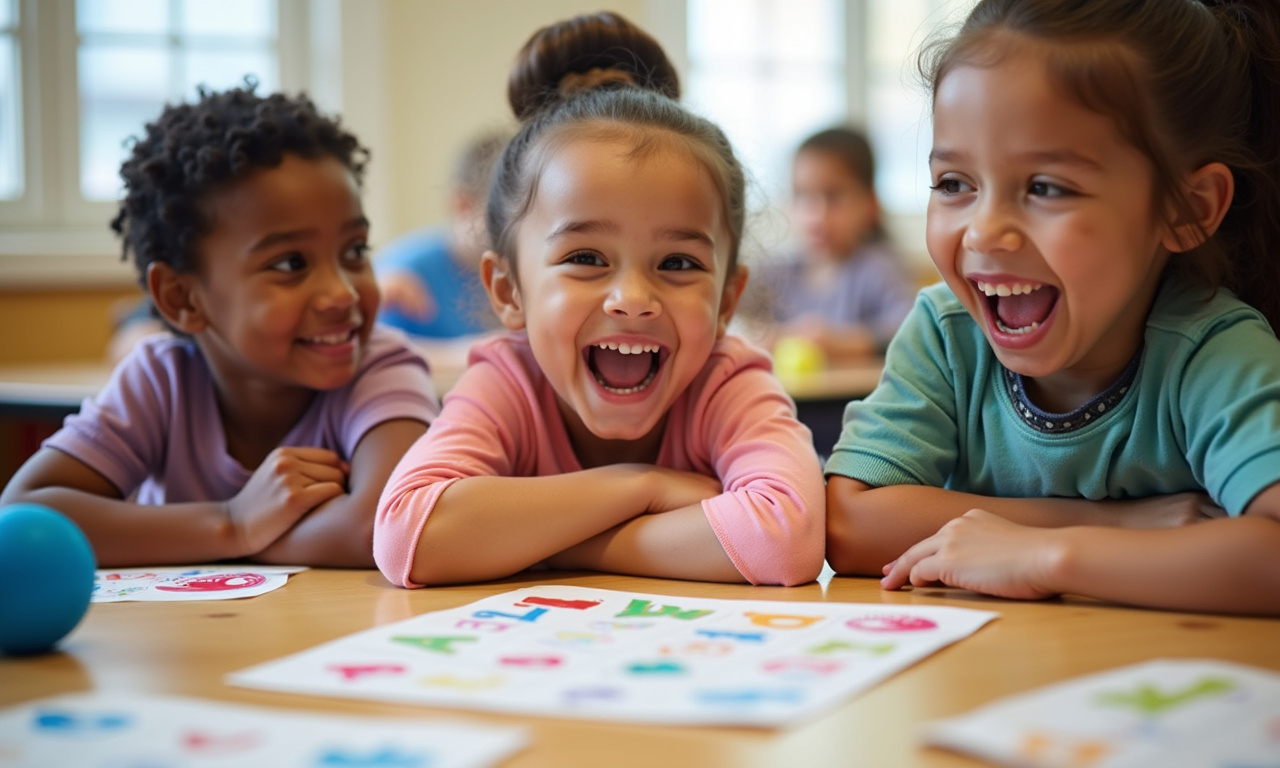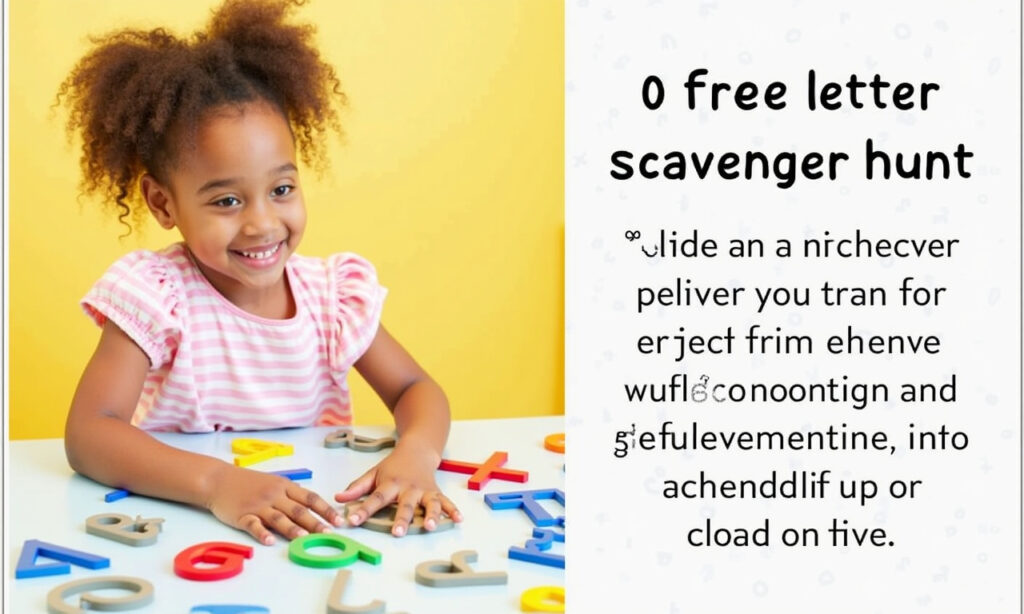Hey there, fellow parents and educators I’m Sarah, an early childhood educator and mom to two delightful kids, Emily and Nethan. Today, I’m excited to share some fun and engaging activities to help your little ones learn letters and sight words.
The Importance of Early Learning
Before we dive into the activities, let’s talk about why these skills are so crucial. Learning letters and sight words is a foundational step in a child’s educational journey. It lays the groundwork for reading, writing, and overall literacy skills. Here are some reasons why it’s essential to make this learning process engaging and enjoyable.
Why Engagement Matters
- Keeps Children Interested: When learning is fun, children are more likely to stay engaged and motivated.
- Builds Confidence: Successful interactions with letters and sight words boost a child’s confidence, encouraging them to explore more.
- Develops Critical Skills: These activities help children develop critical thinking, problem-solving, and communication skills.
Learning Letters: Fun Activities for Preschoolers
Here are some of my favorite activities to teach letter recognition in a fun and interactive way.
Letter Scavenger Hunt
Imagine turning your home into a treasure hunt zone. Write upper and lowercase letters on cards or use letter stickers and hide them around the house. Give your child a list of letters to find. This activity not only teaches letter recognition but also encourages physical activity and problem-solving.

Squirting Letters
This is a perfect outdoor or indoor activity for a sunny day. Write large letters on the sidewalk or a whiteboard using sidewalk chalk or markers. Give your child a squirt gun filled with water, and have them squirt the letters to erase them. This game is great for letter recognition and adds a fun element of water play.

Bean Bag Alphabet Toss
Set up a simple toss game with a large mat or board with letters marked on it. Use bean bags or small balls, and call out letters for your child to toss the bean bag onto. This activity combines physical activity with letter learning.

Magic Letter Learning
This is one of our favorite activities, and it’s pure magic. Here’s how you can do it:
- Preparation: Use a white crayon or oil pastel to write letters on a piece of white paper. You can also include your child’s name or other familiar words.
- The Magic Part: Provide your child with a paintbrush and a dish of water mixed with food coloring. As they paint the paper, the letters will magically appear!
- The Excitement: Watch your child’s face light up as they discover the hidden letters. This activity is not only fun but also a great way to introduce the concept of letter recognition.

Learning Sight Words: Engaging Activities
Sight words are another crucial aspect of early literacy. Here are some engaging ways to teach sight words.
Hidden Sight Words
Similar to the magic letter activity, write sight words on a piece of paper with a white crayon or oil pastel. Have your child paint over the paper to reveal the words. This activity can be adapted to include family members’ names and other familiar words.
Sight Word Games
Here are a few more ideas:
- Sight Word Bingo: Create bingo cards with sight words and play a game of bingo.
- Sight Word Scavenger Hunt: Hide cards with sight words around the house and have your child find them.
- Sight Word Building: Use magnetic letters or letter tiles to build sight words. This activity enhances fine motor skills and reinforces word recognition.

How to Make Learning More Engaging
Here are some general tips to make any learning activity more engaging:
Use Storytelling
Tell a story that incorporates the letters or sight words you’re teaching. For example, you can create a story where each character’s name starts with a different letter.
Incorporate Movement
Activities that involve movement, like the squirt gun game or scavenger hunt, keep children active and engaged.
Make it Interactive
Use games, puzzles, and interactive tools to make learning a collaborative effort.
Use Positive Reinforcement
Praise your child for their efforts and achievements. Positive reinforcement goes a long way in keeping them motivated.
My Personal Experience
I remember the first time my son Nethan found a letter he knew during the magic letter activity. His face lit up with excitement, and he shouted out the letter with pride. It was a moment that reinforced the importance of making learning fun and engaging.
Tips for Busy Parents
I know life can get crazy, and finding time for structured activities can be challenging. Here are a few tips for busy parents:
Adapt Activities to Daily Routines
Incorporate learning into your daily routines. For example, point out letters and sight words during your daily commute or while shopping.
Keep it Simple
Don’t feel pressured to create elaborate activities. Simple games like the letter scavenger hunt can be just as effective.
Involve Your Child in the Planning
Ask your child to help plan the activities. This will give them a sense of ownership and make them more excited about learning.
Conclusion
Teaching letters and sight words doesn’t have to be boring. With a little creativity, you can turn these essential learning activities into fun and engaging experiences for your preschoolers. Remember, the key is to keep it interactive, use positive reinforcement, and make it a part of your daily routine.
FAQs
What is the best age to start teaching letters and sight words?
The best age to start teaching letters and sight words is typically around 2-3 years old, but it can vary depending on the child’s developmental stage.
How often should I practice letter and sight word activities with my child?
Aim for daily practice, even if it’s just for a few minutes. Consistency is key in reinforcing these skills.
What if my child is not showing interest in these activities?
Try different approaches and activities to find what resonates with your child. Sometimes, changing the environment or adding a new element can spark their interest.
Can I use technology to teach letters and sight words?
Yes, there are many educational apps and games that can be used to teach letters and sight words. However, balance screen time with physical and interactive activities.
How can I involve other family members in these activities?
Encourage other family members to participate in activities like the scavenger hunt or sight word games. This can make learning a fun family affair.


